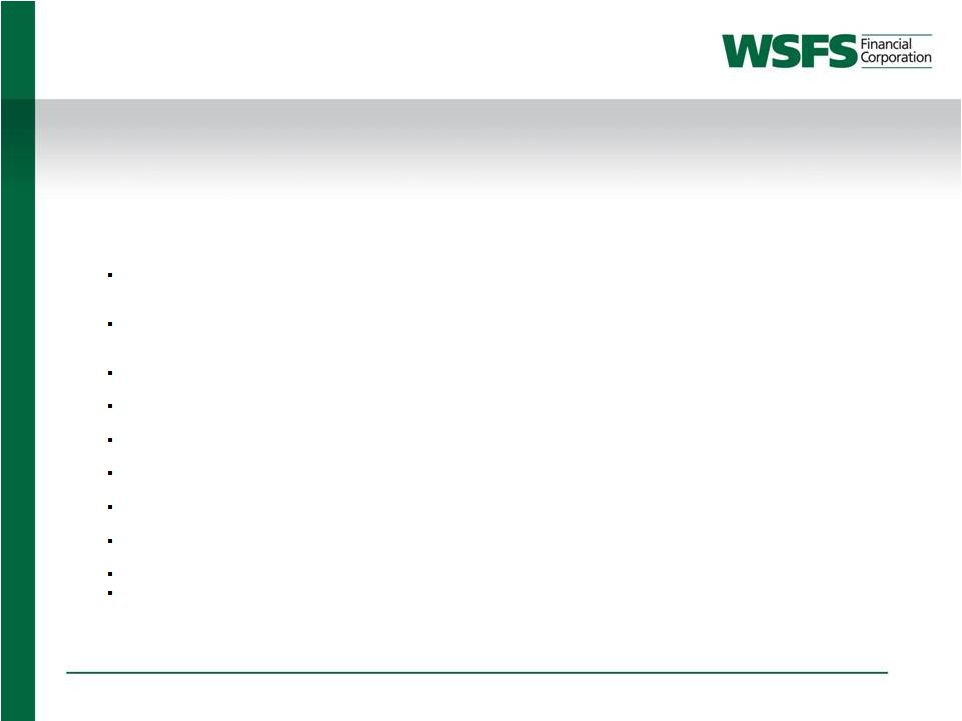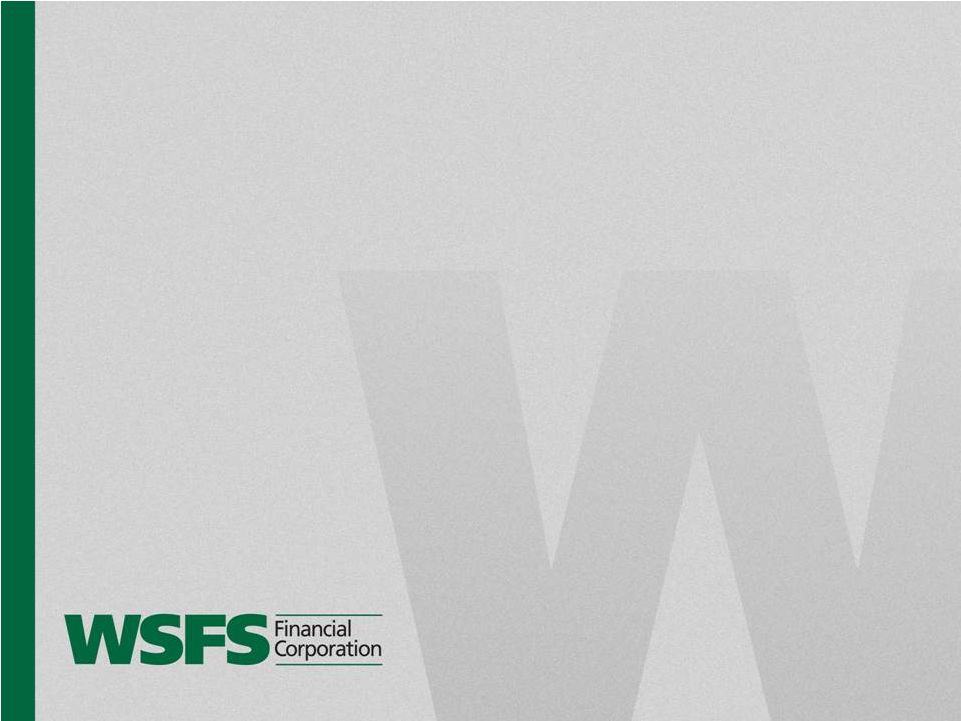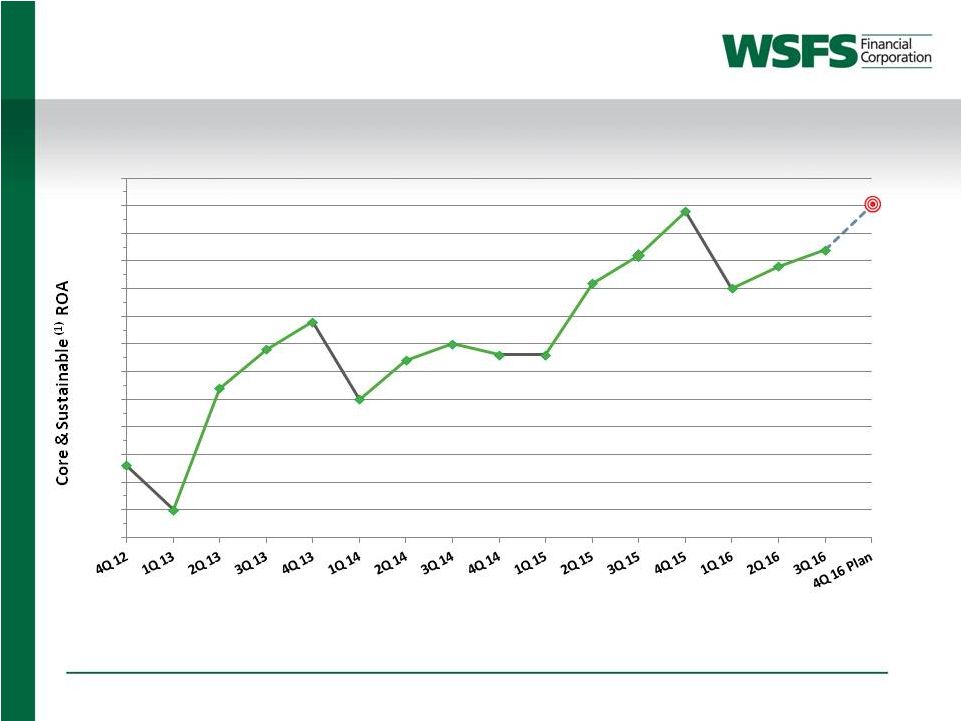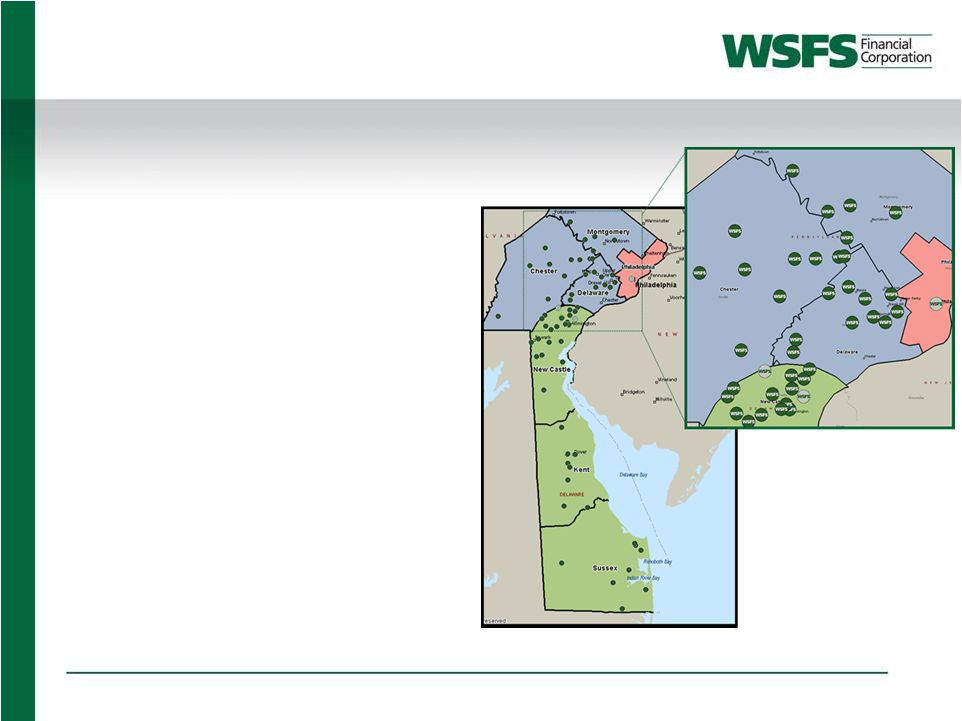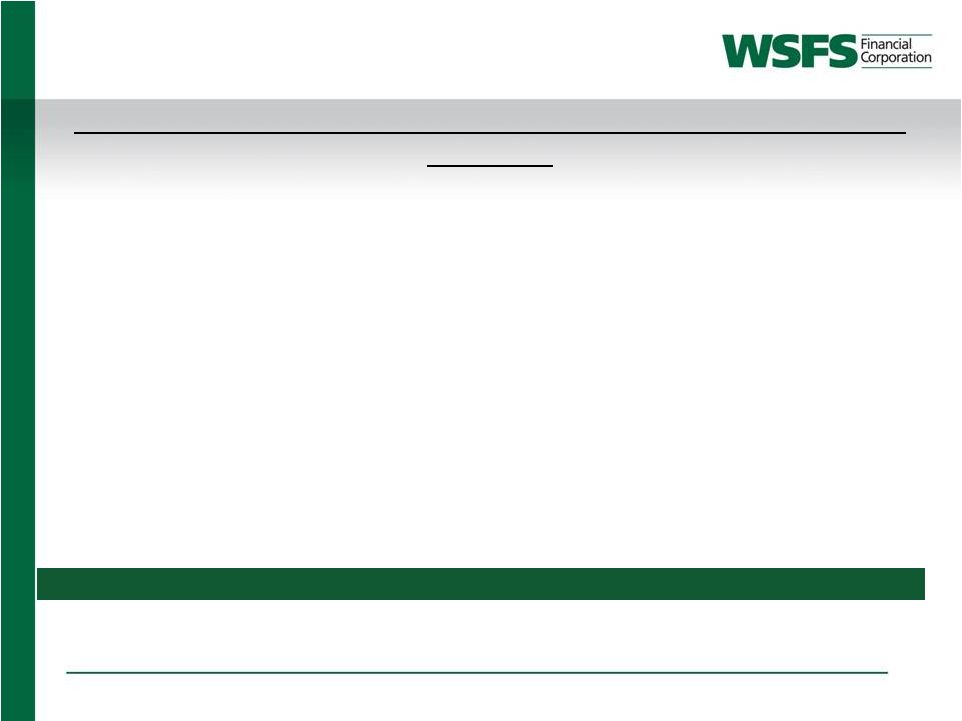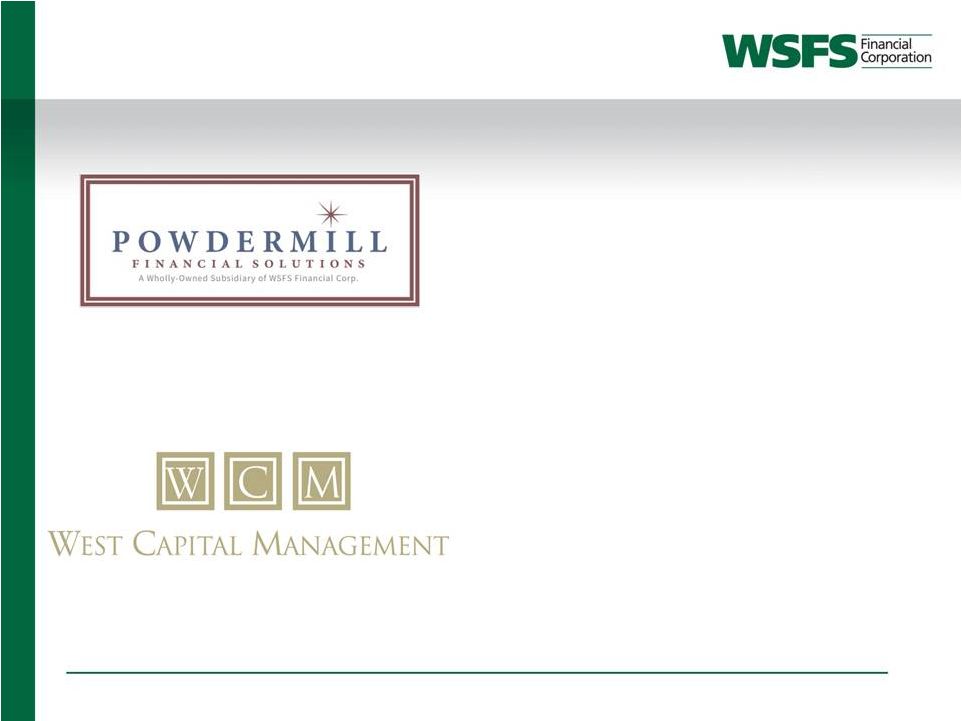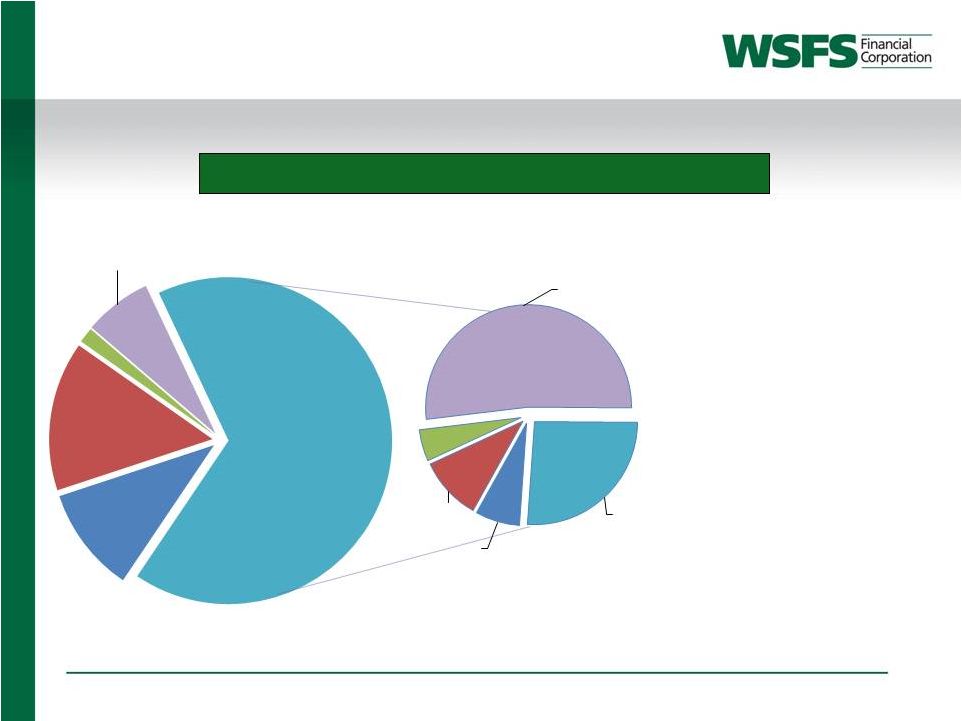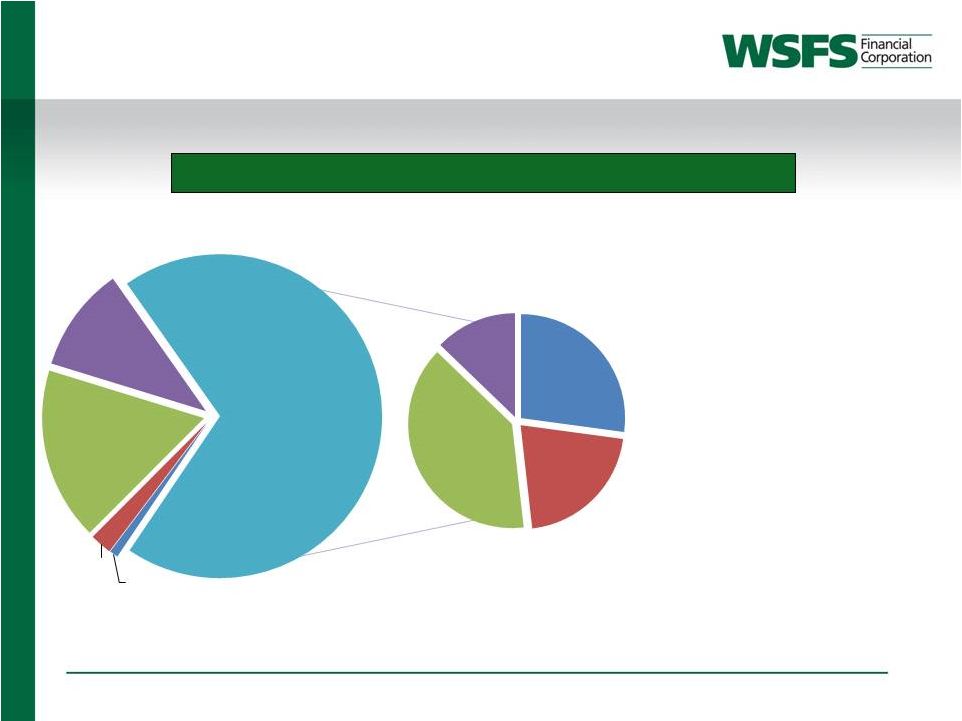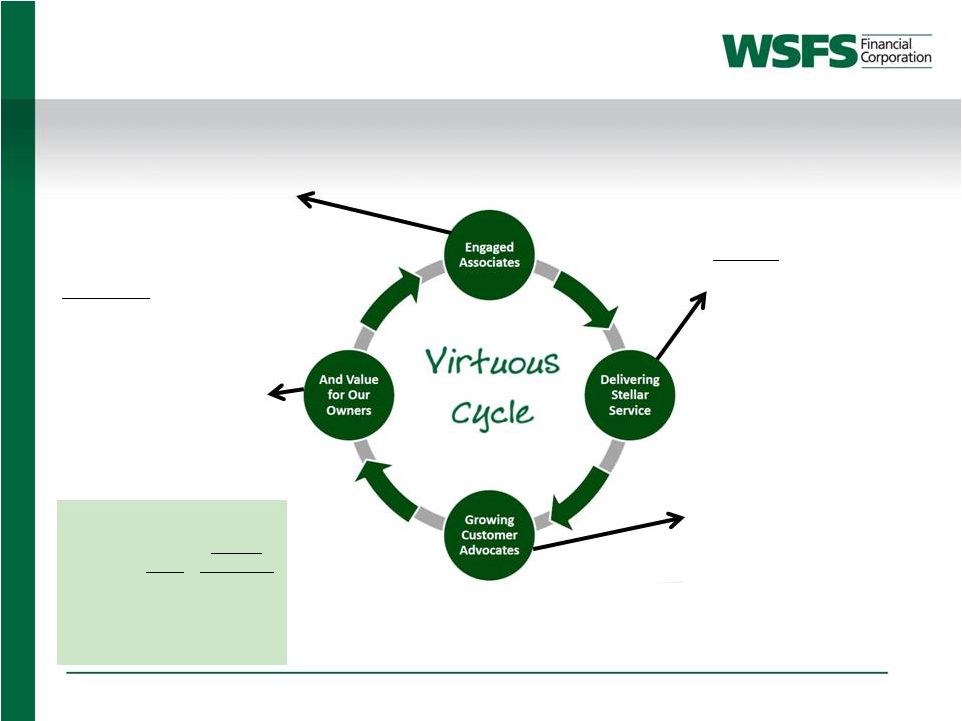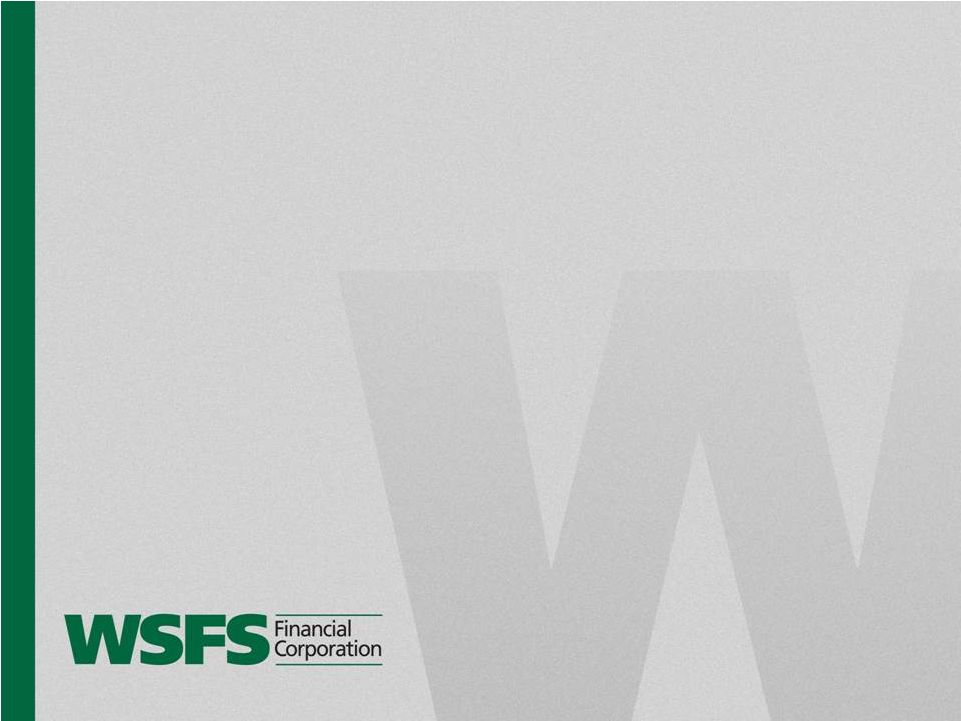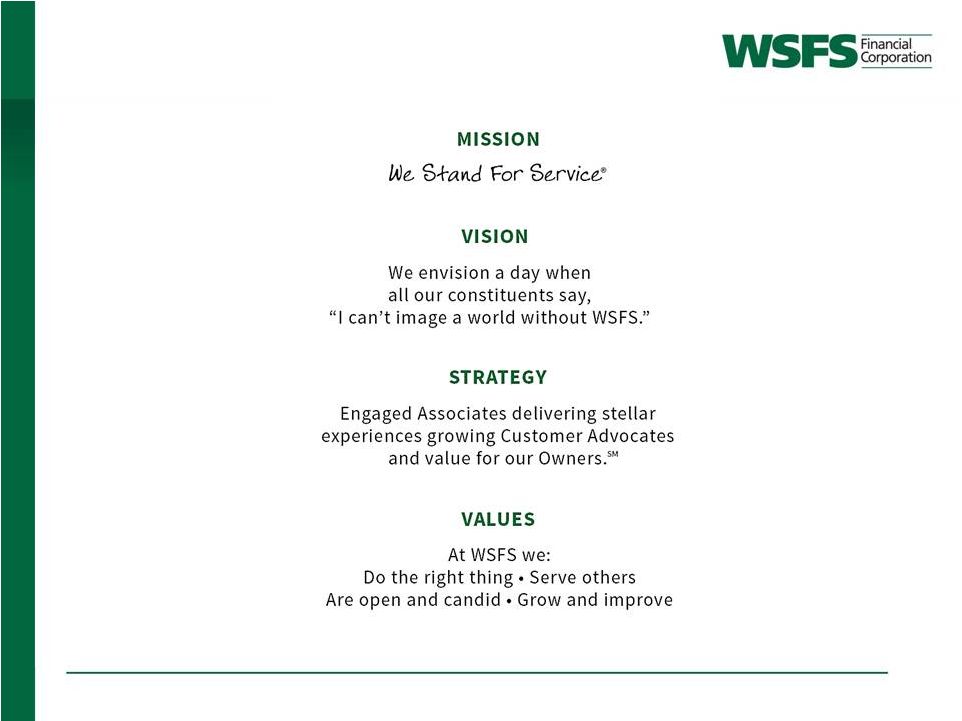Forward-Looking Statements This presentation contains estimates, predictions, opinions, projections and other “forward-looking statements” as that phrase is defined in the Private Securities Litigation Reform Act of 1995. Such statements include, without limitation, references to the Company’s predictions or expectations of future business or financial performance as well as its goals and objectives for future operations, financial and business trends, business prospects, and management’s outlook or expectations for earnings, revenues, expenses, capital levels, liquidity levels, asset quality or other future financial or business performance, strategies or expectations. Forward-looking statements are typically identified by words such as "believe," "expect," "anticipate," "intend," "target," "estimate," "continue," "positions," "prospects" or "potential," by future conditional verbs such as "will," "would," "should," "could" or "may", or by variations of such words or by similar expressions. Such forward-looking statements are based on various assumptions (some of which may be beyond the Company’s control) and are subject to risks and uncertainties (which change over time) and other factors which could cause actual results to differ materially from those currently anticipated. Such risks and uncertainties include, but are not limited to, those related to difficult market conditions and unfavorable economic trends in the United States generally, and particularly in the market areas in which the Company operates and in which its loans are concentrated, including the effects of declines in housing markets, an increase in unemployment levels and slowdowns in economic growth; the Company’s level of nonperforming assets and the costs associated with resolving any problem loans including litigation and other costs; changes in market interest rates may increase funding costs and reduce earning asset yields thus reducing margin; the impact of changes in interest rates and the credit quality and strength of underlying collateral and the effect of such changes on the market value of the Company’s investment securities portfolio; the credit risk associated with the substantial amount of commercial real estate, construction and land development, and commercial and industrial loans in our loan portfolio; the extensive federal and state regulation, supervision and examination governing almost every aspect of the Company’s operations including the changes in regulations affecting financial institutions, including the Dodd-Frank Wall Street Reform and Consumer Protection Act and the rules and regulations being issued in accordance with this statute and potential expenses associated with complying with such regulations; possible additional loan losses and impairment of the collectability of loans; the Company’s ability to comply with applicable capital and liquidity requirements (including the finalized Basel III capital standards), including our ability to generate liquidity internally or raise capital on favorable terms; possible changes in trade, monetary and fiscal policies, laws and regulations and other activities of governments, agencies, and similar organizations; any impairment of the Company’s goodwill or other intangible assets; failure of the financial and operational controls of the Company’s Cash Connect division; conditions in the financial markets that may limit the Company’s access to additional funding to meet its liquidity needs; the success of the Company’s growth plans, including the successful integration of past and future acquisitions; the Company’s ability to complete the pending merger with Penn Liberty on the terms and conditions proposed which are subject to a number of conditions, risks and uncertainties, delay in closing the merger, difficulties and delays in integrating the Penn Liberty business or fully realizing cost savings and other benefits of the merger, business disruption following the merger, Penn Liberty’s customer acceptance of the Company’s products and services and related customer disintermediation; negative perceptions or publicity with respect to the Company’s trust and wealth management business; system failure or cybersecurity breaches of the Company’s network security; the Company’s ability to recruit and retain key employees; the effects of problems encountered by other financial institutions that adversely affect the Company or the banking industry generally; the effects of weather and natural disasters such as floods, droughts, wind, tornadoes and hurricanes as well as effects from geopolitical instability and man-made disasters including terrorist attacks; possible changes in the speed of loan prepayments by the Company’s customers and loan origination or sales volumes; possible acceleration of prepayments of mortgage-backed securities due to low interest rates, and the related acceleration of premium amortization on prepayments on mortgage-backed securities due to low interest rates; regulatory limits on the Company’s ability to receive dividends from its subsidiaries and pay dividends to its shareholders; the effects of any reputational, credit, interest rate, market, operational, legal, liquidity, regulatory and compliance risk resulting from developments related to any of the risks discussed above; and the costs associated with resolving any problem loans, litigation and other risks and uncertainties, discussed in the Company’s Form 10-K for the year ended December 31, 2015 and other documents filed by the Company with the Securities and Exchange Commission from time to time. Forward looking statements are as of the date they are made, and the Company does not undertake to update any forward-looking statement, whether written or oral, that may be made from time to time by or on behalf of the Company. | 


